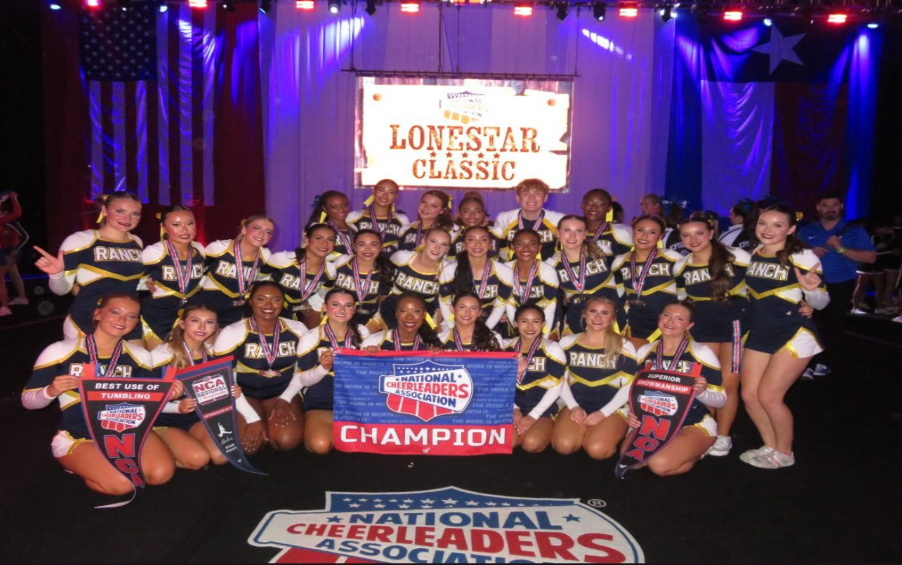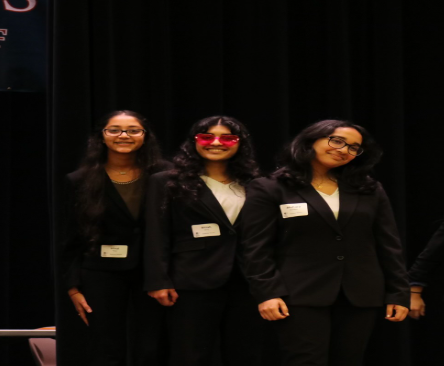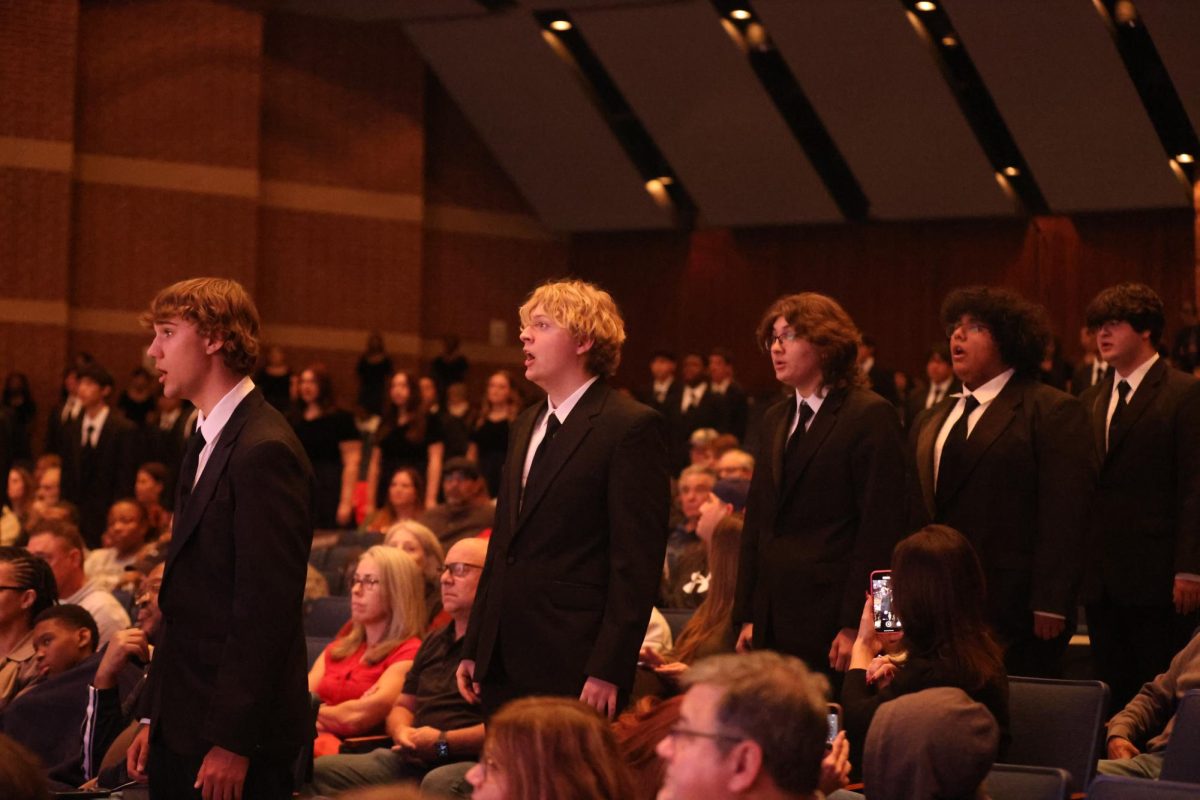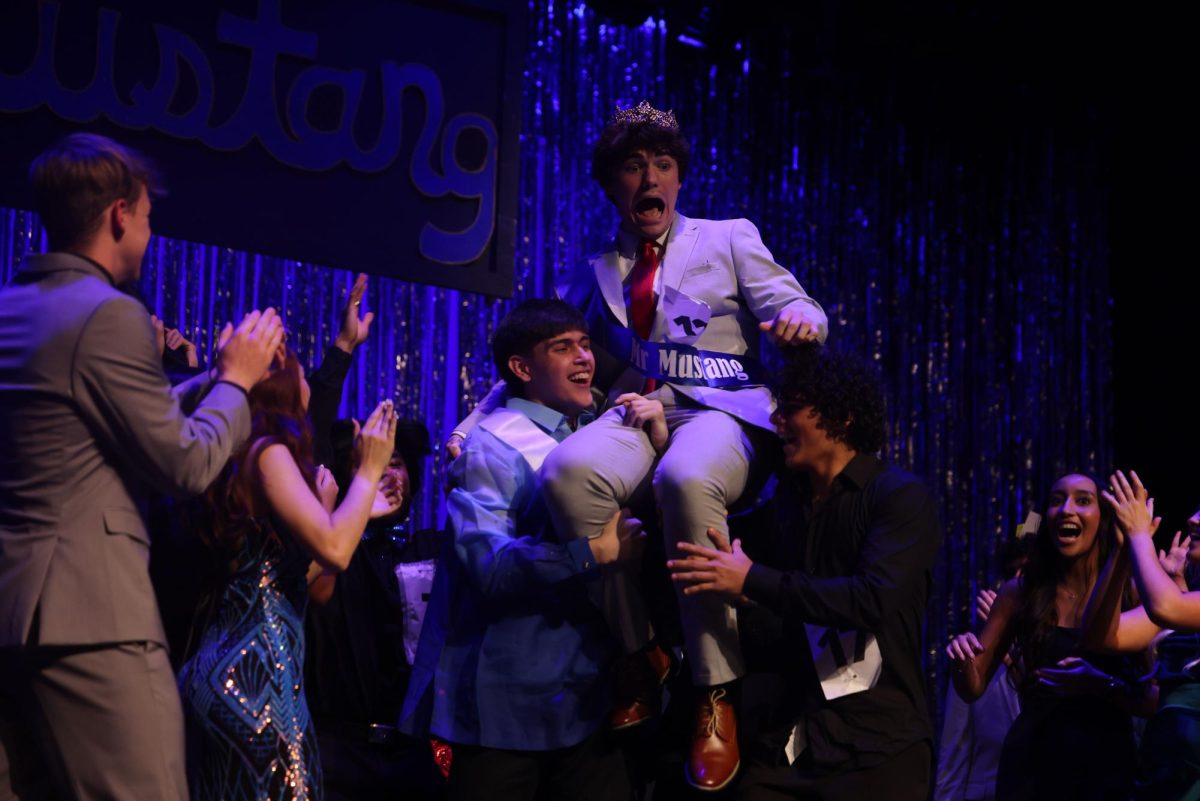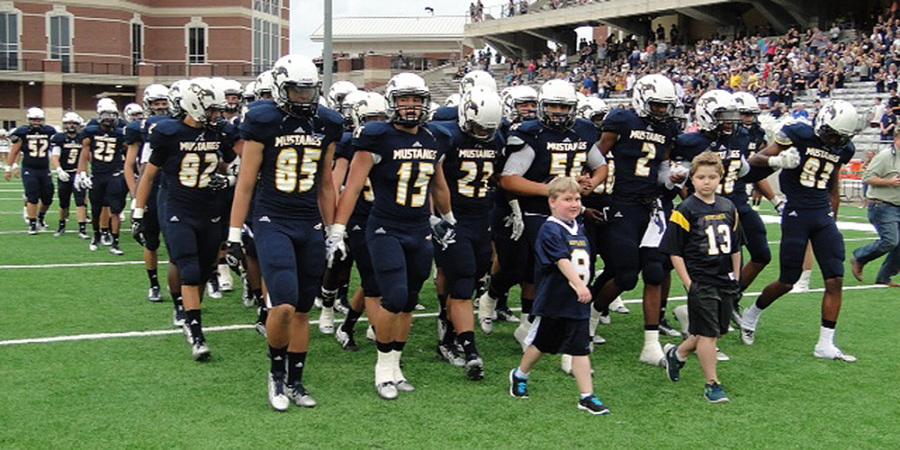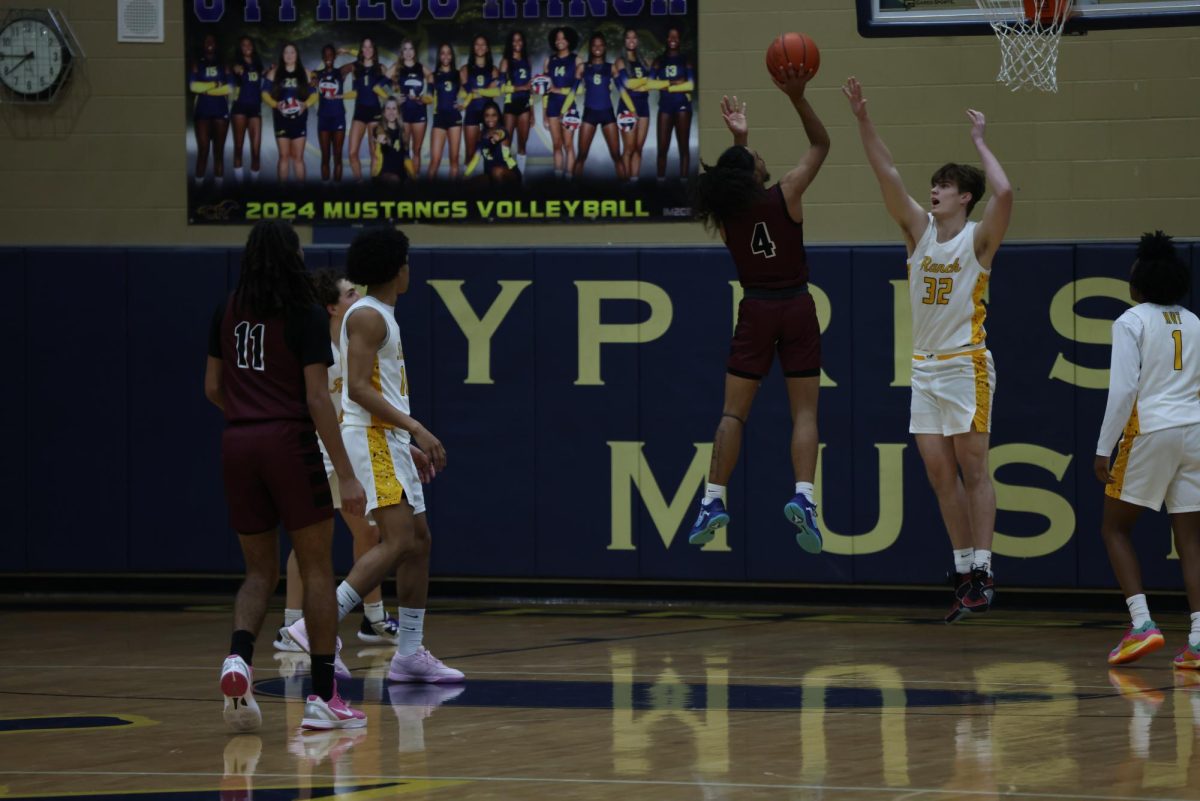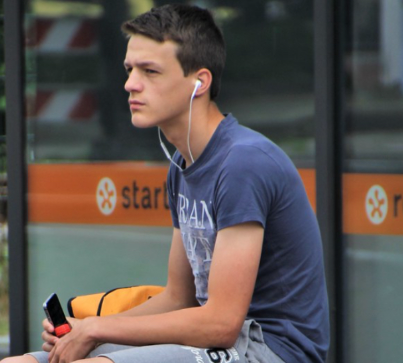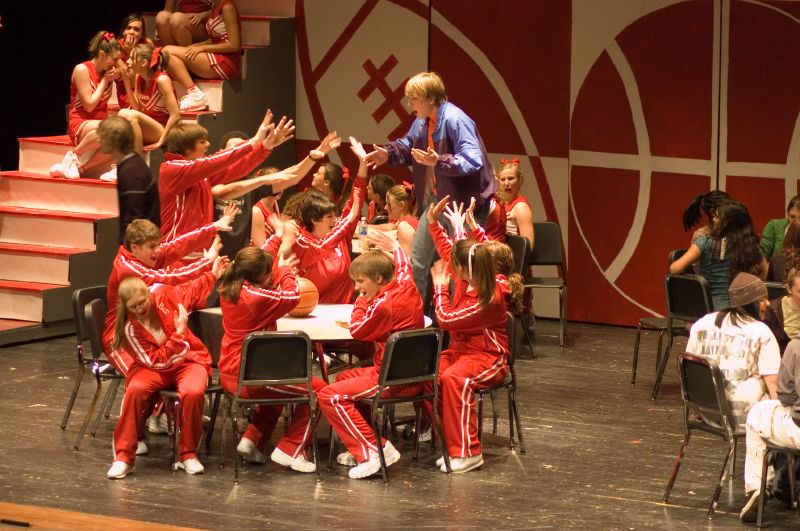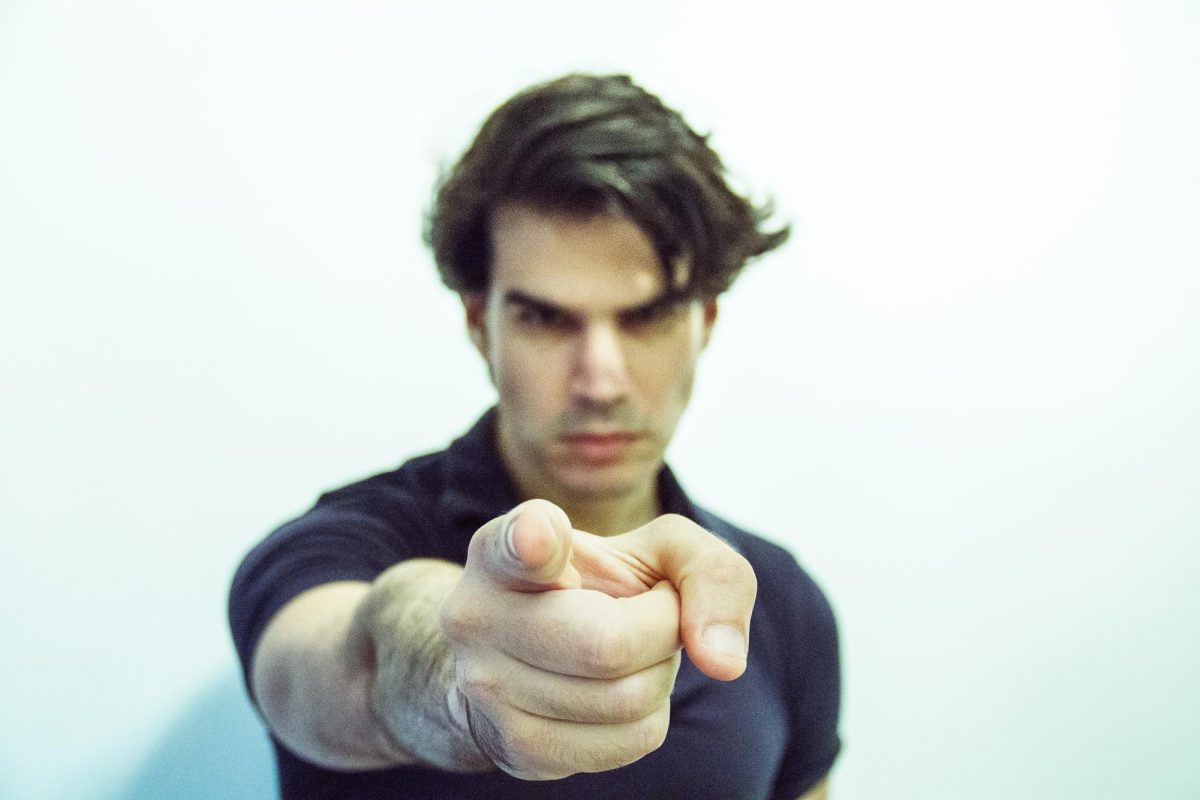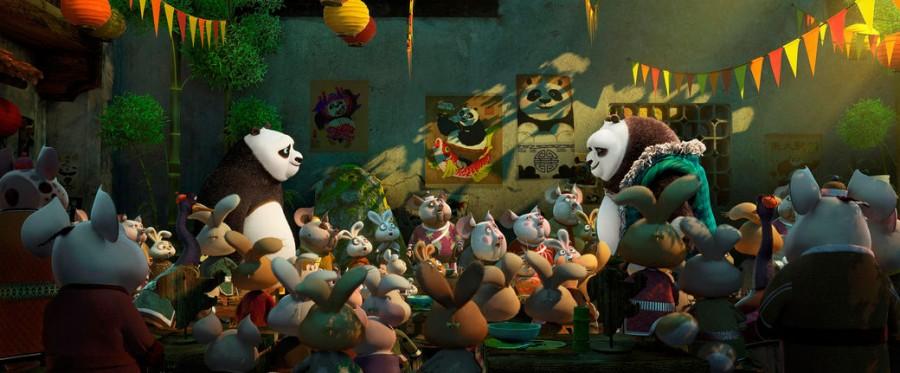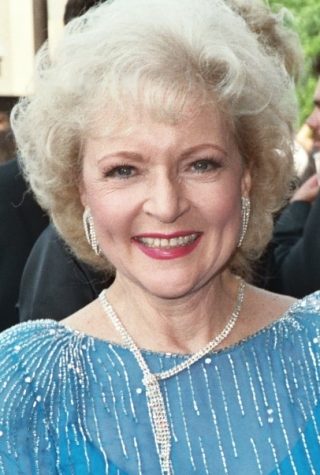“Kung Fu Panda 3” Falls Flat
One of the most striking continuities of a DreamWorks films, when compared to Disney, Pixar, or Studio Ghibli, is the incorporation of setting into a story. Megamind brilliantly parodied Superman’s Metropolis, fully realizing the city’s citizens as simple bystanders to the antics of all-powerful and all-destructive rivals. Similarly, the Shrek franchise rethought the world of fairy tales, making their inciting incident a relocation of real estate by the strangely monolithic kingdom of Dulock.
The most fascinating depiction of a setting in a DreamWorks work though, has to be of ancient China in the Kung Fu Panda franchise. Unabashedly idealized into a land of traditional beauty and stark contrasts, the animators behind the franchise have drawn inspiration from not only the land itself, but the breathtaking spectrum of deep oranges and translucent greens associated with Chinese culture. Thankfully, the third film in the Kung Fu Panda franchise does not shy away from its absorbing blend of cinematography and atmosphere to tell its story. The script, however, fails to follow suit, and the franchise’s most lighthearted and sentimental tone more-than-occasionally undermines the film’s majestic palette.
The third installment in a reportedly six-film franchise, Kung Fu Panda 3 stars Jack Black as he reprises his role as Po. The Furious Five are played by the same group of actors from the first and second films as well, though they retain their sparse dialogue. Even Angelina Jolie as Tigress, the group’s mouthpiece from previous films, is strangely limited in screen time. Taking the bulk of the film’s focus alongside Black are newcomers Bryan Cranston and J.K. Simmons, playing Po’s father and the villainous Kai, respectively. Both perform admirably in their roles, though Simmons does lack the full intensity he’s accustomed to showing in roles like Whiplash, Spiderman, or even Portal 2. Rounding out the cast, with his largest role yet, is James Hong, reprising his role as Po’s adoptive father. In this installment, Po’s true dad travels from a land of pandas to meet his long lost son while an old adversary named Kai begins a warpath for the Jade Palace.
Easily the most memorable and striking features of this film were the cinematography and atmosphere used to lure the audience into a time of rich culture and grand natural landscapes. More than just highly rendered 3D frames though, Kung Fu Panda 3 boasts a medley of animated styles, dipping into 2D animation which mimics the brushstrokes of pen-and-ink paintings. Oftentimes the entire frame is utilized, split into different scenes to enhance the frantic pace and multitasking of its montages.
Among such magnificent imagery, the depiction of the spirit world stands out as the most memorable setting of the movie. Temples float in the air without rhyme or reason, waiting to be utilized in battle by Kai as he tries to make his grand escape. The stark yellow energy created by the collisions of fists and heads contrasts gloriously with the bright green aesthetic of the setting as a whole, and if the film were perfect, Po and his friends would develop as characters just as their world has developed in complexity and forethought. Unfortunately, such is not the case.
Easily as it is to identify the most captivating aspect of the film, the story’s fatal flaw stands out just as sorely. The plot revolves around Po’s father coming to take Po back to a secret panda village, a premise promising unlimited potential for character growth and natural warmth. However, the reality is a hollowed shell of the original inspiration, as the pandas of the village are nothing more than stock caricatures. There’s a dumbly grinning, dim panda, a grandmotherly panda who takes the bulk of the slapstick, an ironically beautiful yet forward panda functioning as a faux love interest, and some cute and cuddly kiddy pandas, undoubtedly trying to draw on that sweet, sweet minions magic. All together, they’re nothing more than background noise while the plot moves along near the Furious Five.
Po’s father is the largest disappointment, however, as his character is innately central to the film’s conflict. While not entirely two-dimensional, his character is lost amidst a sentimental message of family values. His sole trait at most times is his love for his son. This would be perfect if he had been placed in a more supportive role, but he remains at the forefront of the film, stealing time away from the Furious Five, Kai, and even Po.
Kung Fu Panda 3‘s flaws and strengths are summed up in its villain, an envious Ox named Kai who fought alongside Master Oogway. Like Shen and Tai Lung, Kai’s design was inspired by taking one of nature’s most feared creatures and cranking up its agility and strength to 11. Kai’s design is unique and bold; he carries with him two blades attached to chains, swinging with precision at any master he crosses paths with. Despite his fierce look and fighting style, Kai will not be remembered as fondly as Shen or Tai Lung simply because he lacks an interesting character. The “hunger for power” motive of the franchise’s villains is played out and tired. His ferocity is also undercut by ill-conceived and unwarranted comic relief that follows him no matter how grave his presence. Just at his peak of rage, the film forgoes all tension for a cheap joke, time and time again, quickly dismantling any fear or threat Kai could’ve offered.
Kung Fu Panda is a straightforward film. Its tone and conflict is lighter and less thought-out than the first two, it offers a more forced message, and it doesn’t seem to know which direction it wants to take the franchise in. Overall, the film offers little in the way of emotional stimulus but its imagery is wonderful to behold. Cheap slapstick and a message jammed down the throats of the audience only emphasizes the disconnect between the standard script and the groundbreaking animation. 5/10.
Your donation will support the student journalists of Cypress Ranch High School. Your contribution will allow us to purchase equipment and cover our annual website hosting costs.



